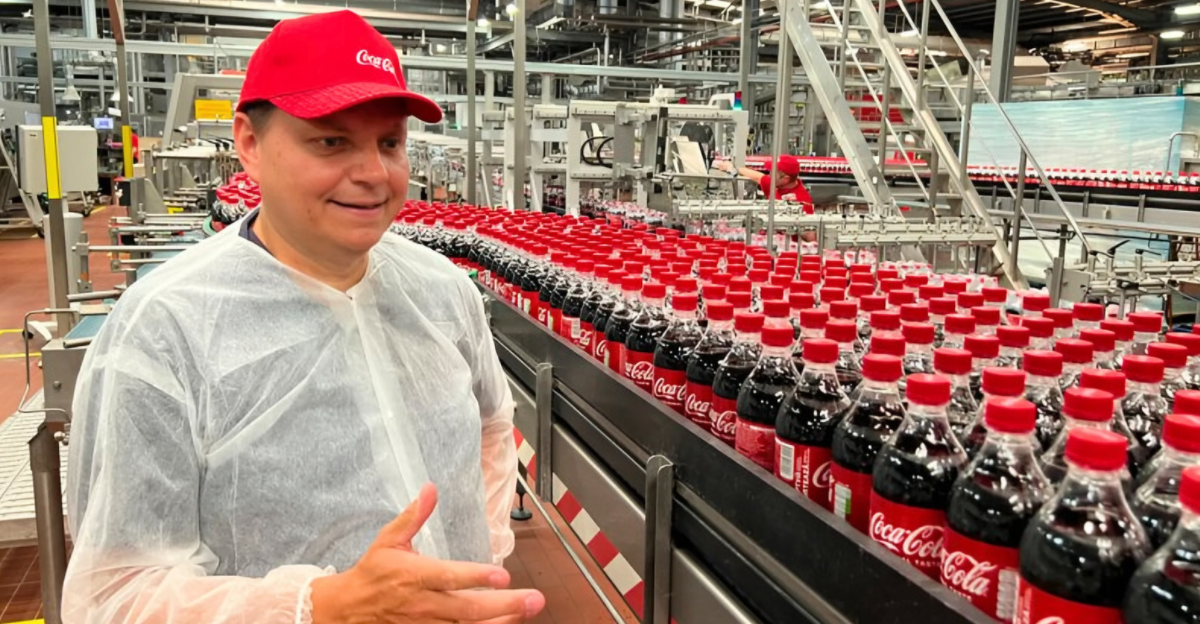
Coca‑Cola is facing growing legal and financial pressure — with analysts warning the company could face up to $1.4 billion in combined litigation, fines, and ESG‑related costs — if it doesn’t accelerate changes to its packaging. Coca-Cola’s historical reliance on single-use plastics in spite of growing environmental evidence and public pressure is at the core of the issue. According to Break Free From Plastic’s 2023 audits, Coca-Cola has been the world’s top plastic polluter for six years running.
The stakes are high because, in a time when sustainability is a business necessity that cannot be compromised, compliance offers both regulatory relief and brand redemption. Investor priorities on ESG (Environmental, Social, and Governance) performance are directly linked to a shift in corporate governance norms, which is reflected in the impending ultimatum and broader global trends that hold corporations to higher environmental accountability standards.
Historical Packaging Methods and Their Effects on the Environment
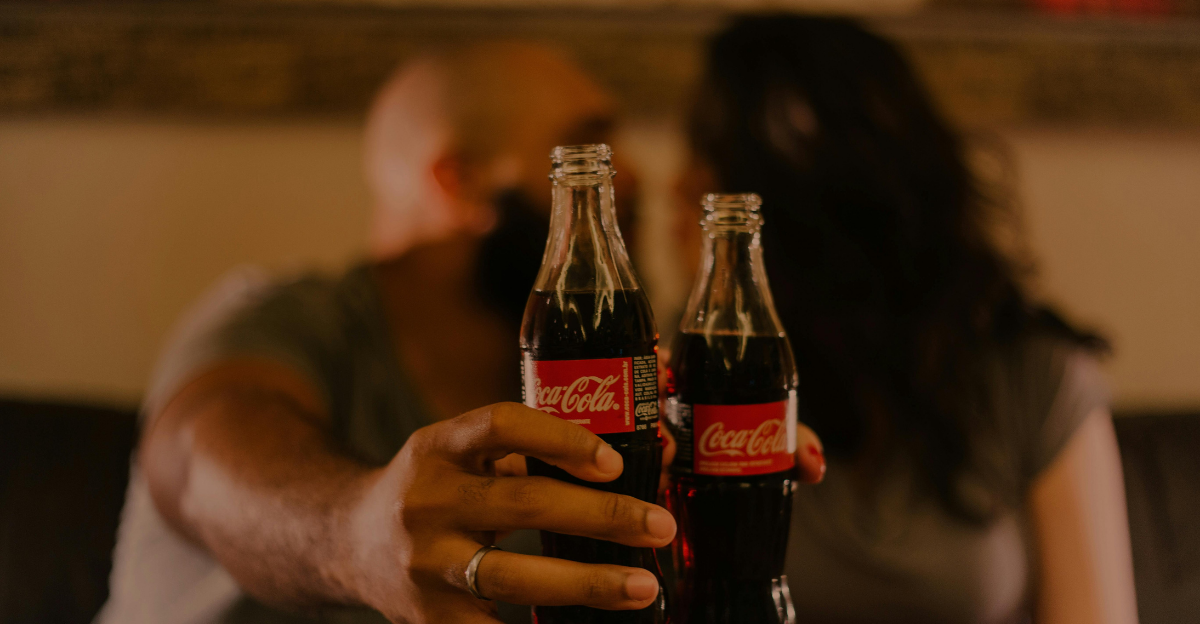
Coca-Cola has dominated beverage markets since its founding thanks to its mass appeal and ease of use, primarily through the use of plastic bottles and cans. The United Nations Environment Programme estimates that 8 million metric tons of plastic enter the world’s oceans each year as a result of single-use plastics, which were first accepted for their affordability and portability.
The company is a prime target for regulatory and civil actions demanding a packaging overhaul because their legacy packaging strategy, once a perfect symbol of consumer convenience, now conflicts with changing environmental norms. The limited re-cyclability of many of Coca-Cola’s plastic packaging options and the enduring presence of micro-plastics that impede degradation, which exacerbate pollution, increase this environmental impact.
Current Patterns and Coca-Cola’s Vague Promises
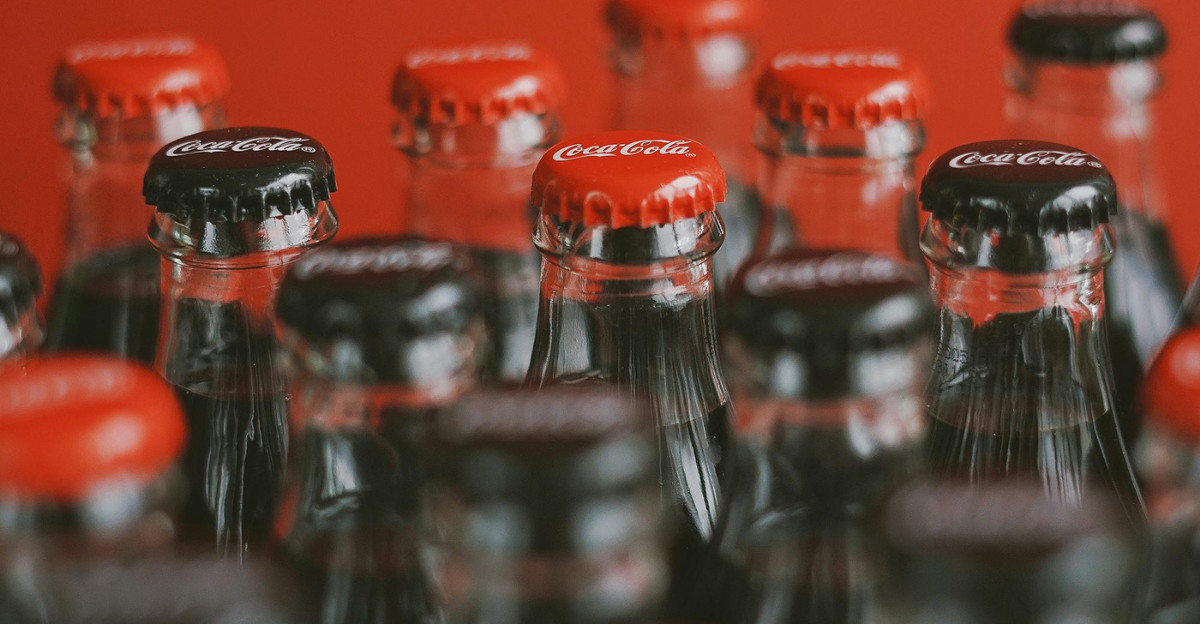
Coca-Cola’s sustainability commitments, which were once hailed as industry-leading, have since been toned down. In what CEO James Quincey publicly referred to as a “blueprint for sustainable growth,” The company pledged a 50% recycled content target by 2030 and to make all its packaging recyclable by 2025, though critics note these goals focus on recycling rather than reducing or reusing materials.
This retreat represents a strategic shift by the company, emphasizing recycling over reduction or reuse. Environmental advocates have criticized this approach as being ostentatiously green while maintaining a reliance on single-use plastics. Coca-Cola’s shift is increasingly seen by industry analysts as an attempt to avoid more significant systemic change as well as a reaction to a complex matrix of raw material costs, supply chain constraints, and consumer price sensitivity.
The Courtroom: False Environmental Marketing Allegations
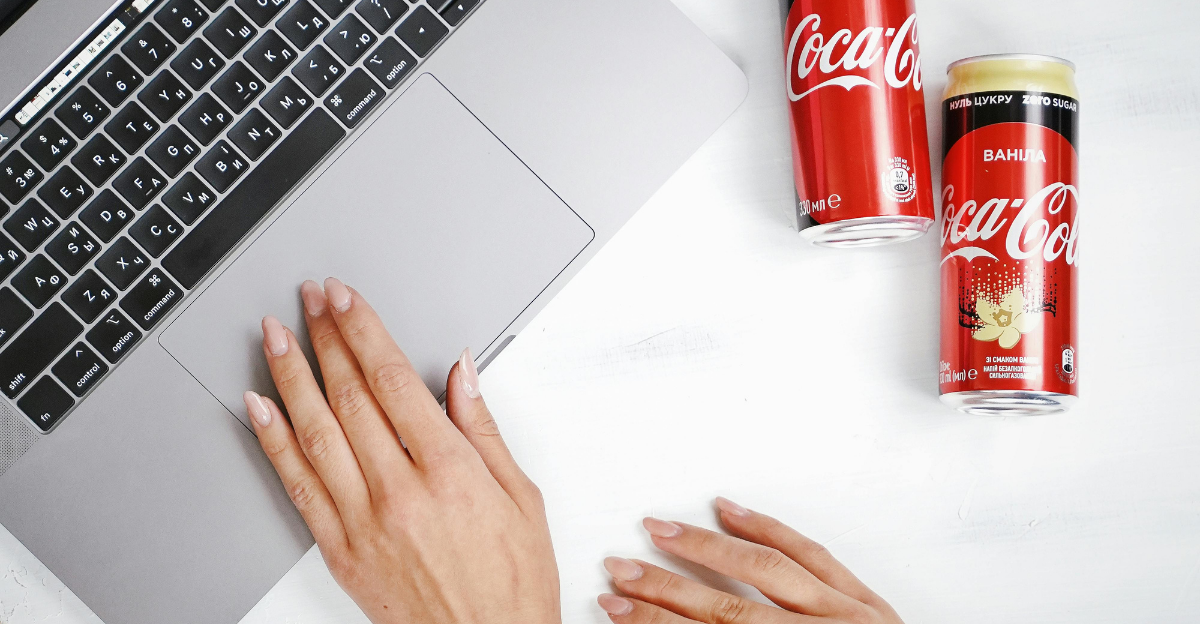
Coca-Cola is being sued again for allegedly making false environmental claims. Numerous lawsuits highlight how Coca-Cola marketed itself as a sustainable company in spite of data that contradicted this claim, particularly with regard to its significant contribution to plastic pollution. Aspirational commitments, such as the goal of 100% recyclable packaging by 2025, have proven challenging for courts to decide.
Courts in the U.S. have begun taking a harder line on alleged “green‑washing,” with recent cases encouraging plaintiffs to more aggressively challenge corporate sustainability claims, though no single ruling has yet set a nationwide precedent. The ultimatum is strengthened by this legal pressure, which forces Coca-Cola to either significantly alter its packaging or face higher litigation risks, fines, and protracted class-action lawsuits, all of which seriously harm the company’s reputation.
The Strategic and Psychological Consequences of Packaging Change
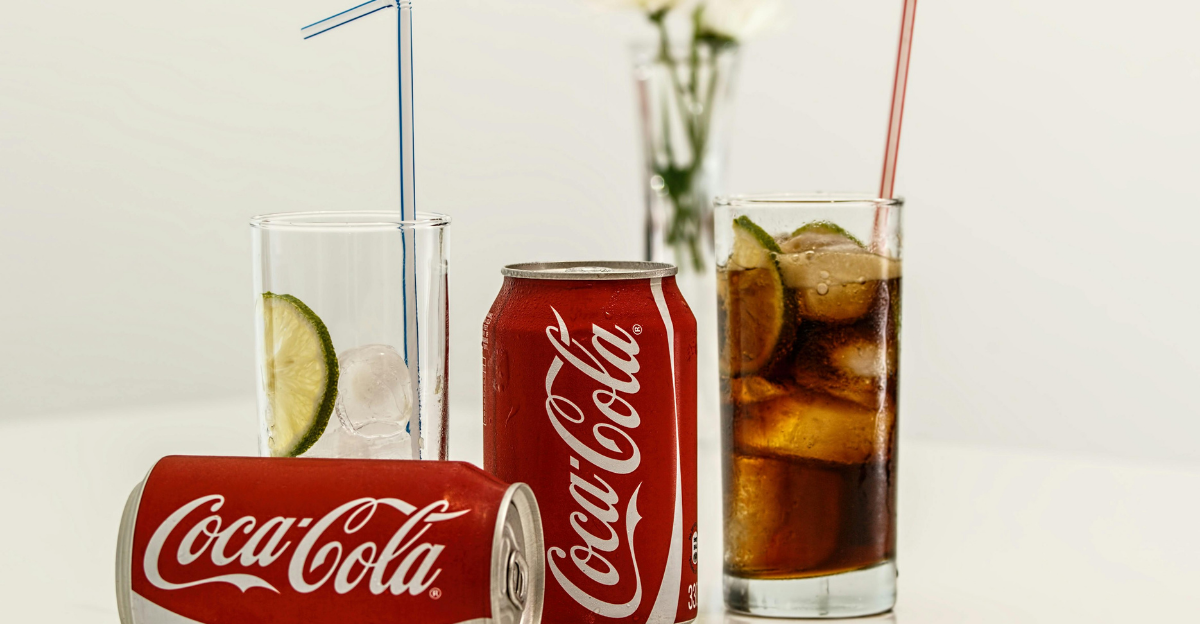
Reversing Coca-Cola’s packaging culture, which is firmly based on single-use plastic, poses significant strategic and psychological obstacles related to consumer behavior and brand identity. For consumers worldwide, Coca-Cola’s recognizable red branding and traditional contour bottle shape represent omnipresent familiarity, trust, and emotional connection; changing packaging runs the risk of upsetting this fragile associative web, which could have an effect on sales and brand loyalty.
According to psychological research, when sustainability benefits are articulated in a way that connects positive feelings to corporate responsibility, customers are more likely to overlook changes in products. Coca-Cola has a significant opportunity as a result of this changing consumer mindset: modern packaging offers the company the chance to regain cultural relevance and future-proof its brand in addition to ensuring regulatory compliance.
Possible Effects of Packaging Shift in the Second and Third Orders
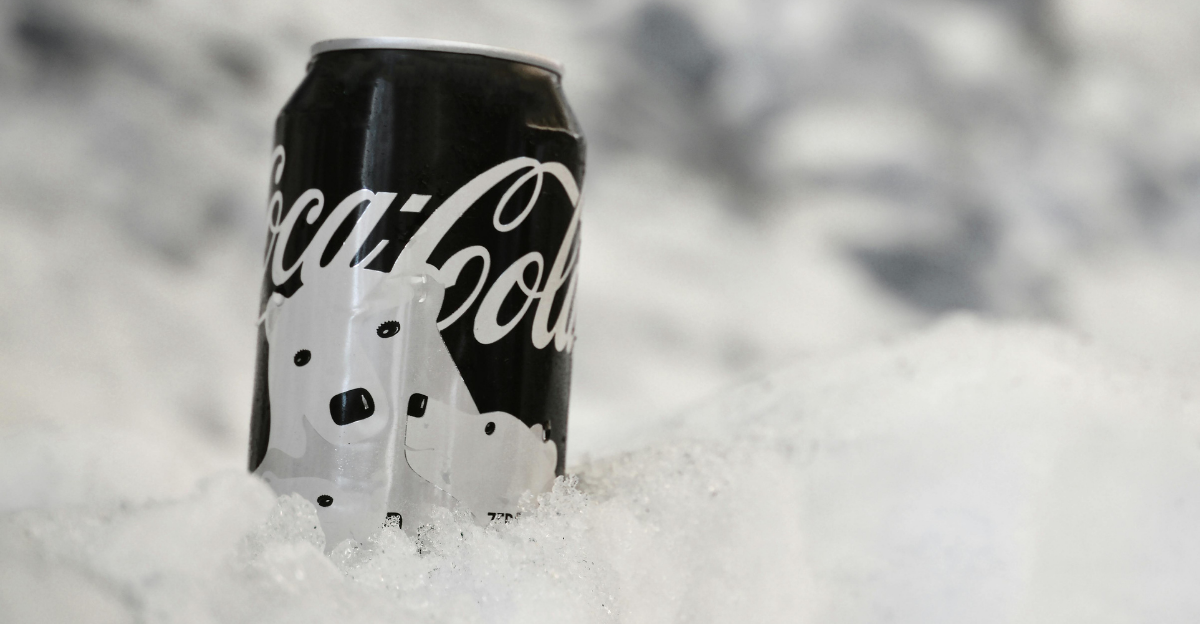
Enforcing packaging reform would have significant repercussions that go beyond Coca-Cola’simmediatebusiness operations and affect larger markets, supply chains, and consumer ecosystems. Packaging producers would be encouraged to increase their investments in biodegradable polymers, circular economy technologies, and sustainable materials innovation, which could boost entire industries. Last-mile delivery and customer convenience expectations would change as retail logistics and distribution networks adjusted to accept returnable or refillable systems.
On the other hand, in the context of ESG-focused capital markets, Coca-Cola’s failure to innovate could result in fines as well as long-term consumer resentment and a decline in investor confidence. Reducing the plastic footprint could have a direct positive impact on the UN Sustainable Development Goals by measurable reductions in oceanic pollution and greenhouse gas emissions associated with plastic production. Financially speaking, even though initial expenditures might increase, waste reduction fees, resource efficiency, and improved brand equity could result in long-term cost savings.
Juggling Business Realism with Environmentalism
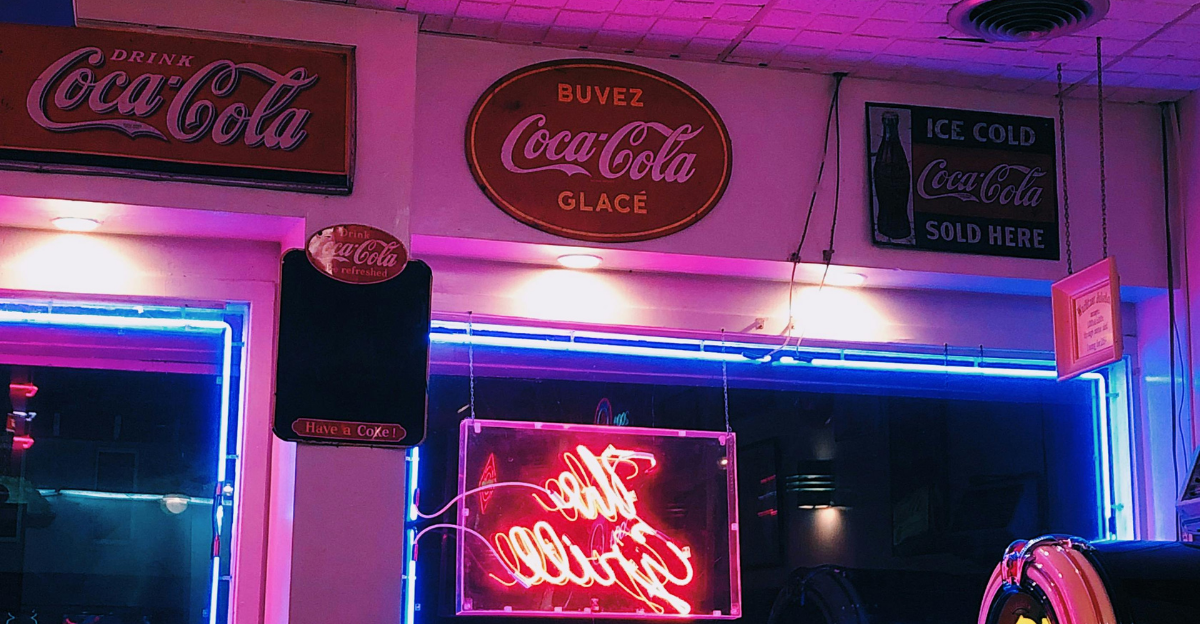
Some contend that the ultimatum runs the risk of ignoring operational realities and market complexities, even though it calls for quick change. Because Coca-Cola operates in many different economies with widely disparate infrastructure, regulatory environments, and consumer preferences, it isn’t easy to develop scalable, reasonably priced packaging.
This opposing point of view advocates for gradual, region-specific approaches that strike a balance between environmental sustainability and economic viability, cautioning against unduly strict regulations or impractical deadlines. It draws attention to the possibility that if rules are implemented too soon, consumers may choose less expensive, unregulated options or switch brands, increasing product waste and jeopardizing environmental goals. Crafting equitable, practical policies that are more likely to succeed at scale requires this kind of nuanced discussion.
Using the “Packaging Accountability” Model as a Unique Framework
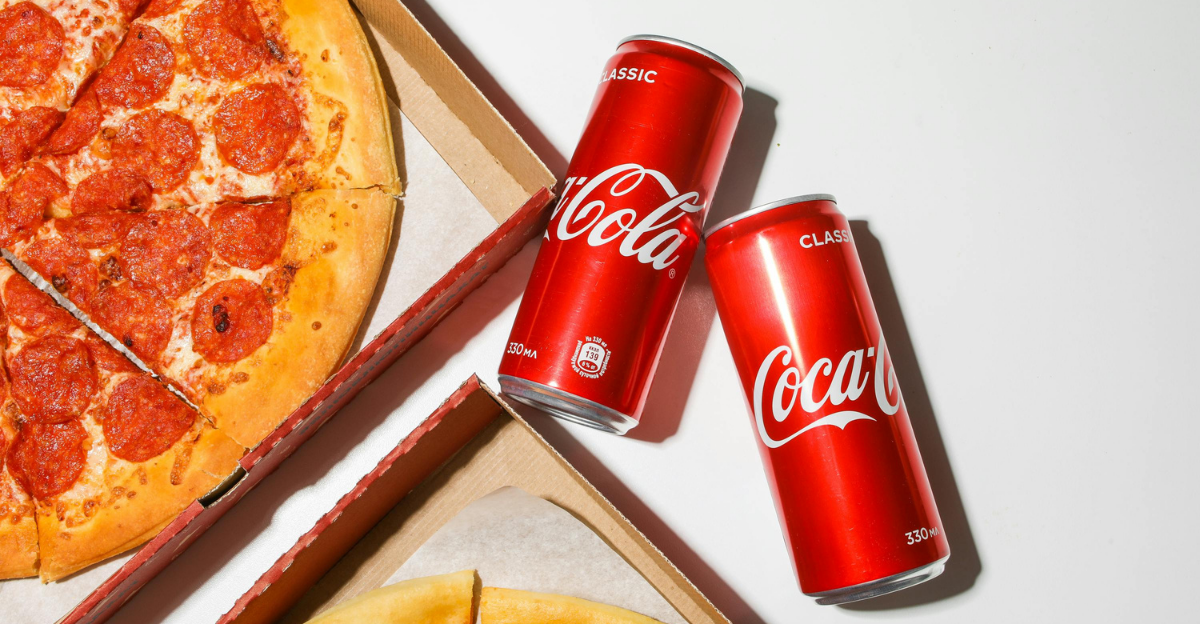
The “Packaging Accountability” model, a multidisciplinary construct that combines consumer behavior science, corporate responsibility metrics, and complete product lifecycle analysis into a comprehensive accountability framework, is a novel way to frame this imperative. At every stage of the packaging lifecycle, from sourcing virgin materials through manufacturing, distribution, retail, consumption, and eventual disposal or reuse, this model demands immediate, measurable accountability. Transparency and verifiable progress are ensured by KPIs incorporated into third-party audits, sustainability disclosures, and company financial reports.
Coca-Cola would need to go beyond ambition statements to enforce observable, quantifiable results in order to implement such a model, which would require transparent, independently verified reporting on packaging impact reduction, reuse rates, and waste diversion. This model forces Coca-Cola to innovate continuously and openly by tying financial incentives to environmental performance.
Unusual Comparisons and Cross-Industry Perspectives
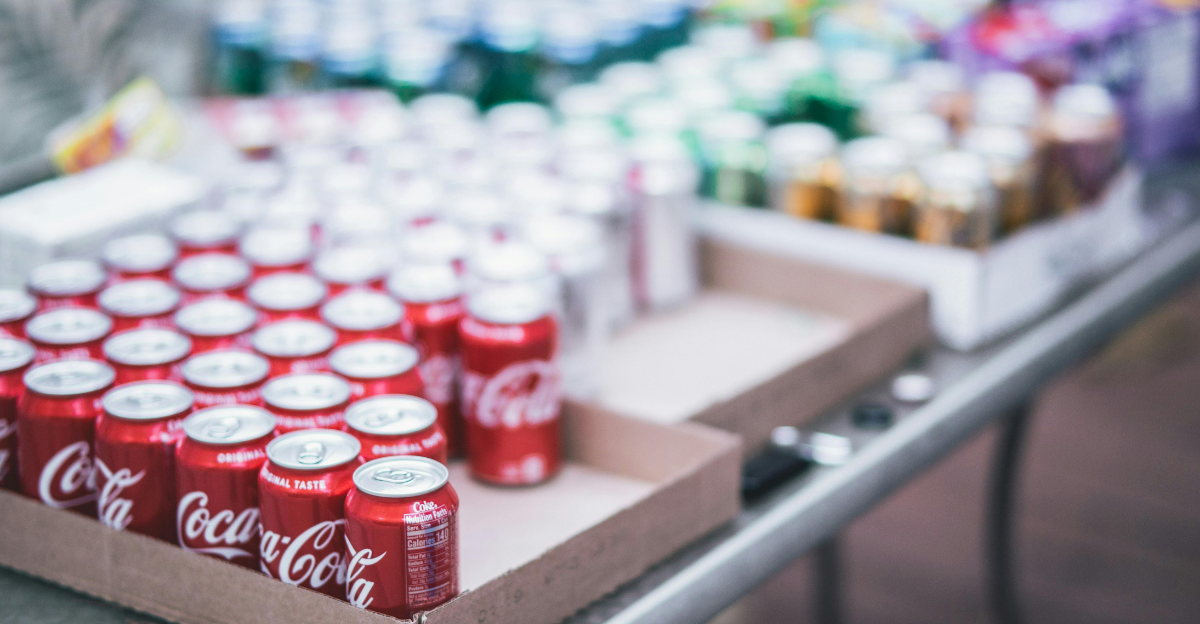
Comparing Coca-Cola’s packaging predicament to historically contentious industries like tobacco and fossil fuels provides a unique perspective. Coca-Cola has used strategies like deflection, delayed action, and green-washing, just like these industries, to avoid responsibility while preserving profits.
Coca-Cola’s marketing innovation is demonstrated by its use of cultural touchstones that are widely resonant, such as limited-edition pop culture tie-ins (like Star Wars bottles). These elements could be brilliantly repurposed to promote refillable packaging and encourage consumer participation in sustainable practices. This cross-sector synthesis highlights that Coke’s response will be a turning point in the company’s environmental leadership or decline, exposing both risks and opportunities.
Final Evaluation and Strategic Need

Coca-Cola faces a $1.4 billion ultimatum that tests its corporate integrity, strategic vision, and environmental leadership. It is more than just a financial or legal obstacle. Coca-Cola’s documented retreat from aggressive reuse and reduction targets puts its market dominance at risk from escalating litigation, damage to its reputation, and impending regulatory crackdowns.
Coca-Cola could become a cautionary tale about corporate inertia in the face of the plastic and climate crises if decisive action is not taken. Conversely, success might signal a new era in which sustainable growth and environmental stewardship coexist, establishing Coca-Cola as a trailblazing company that influences the direction of ethical business.
